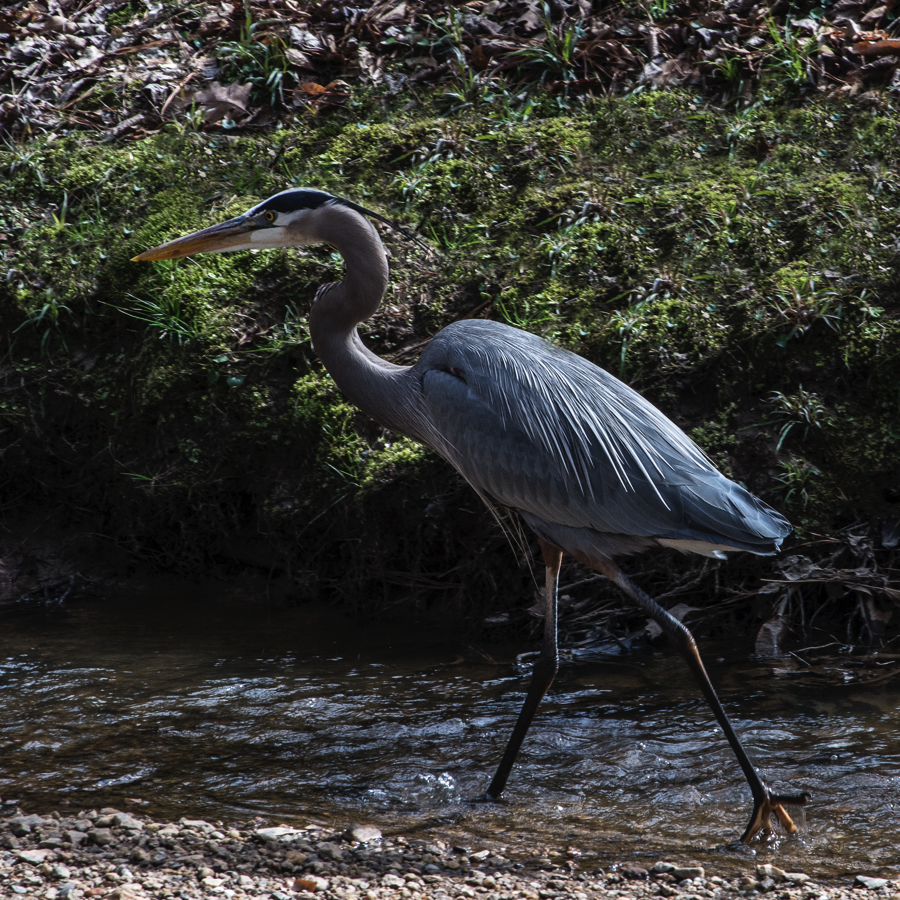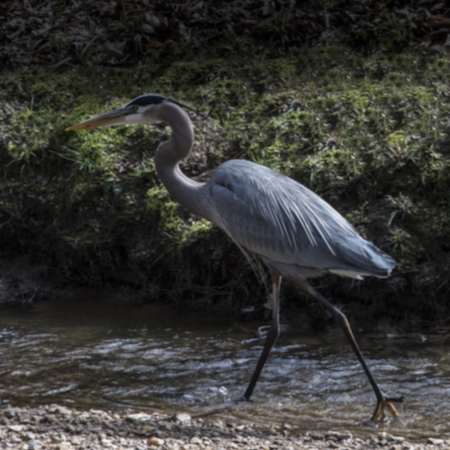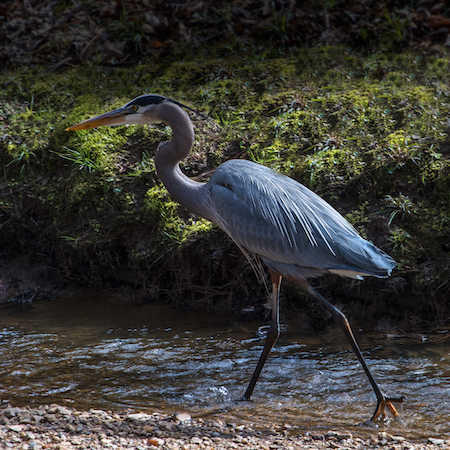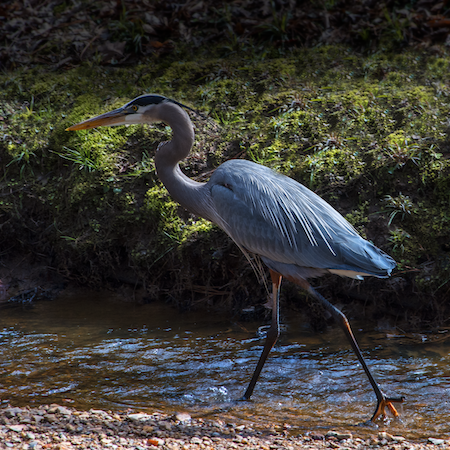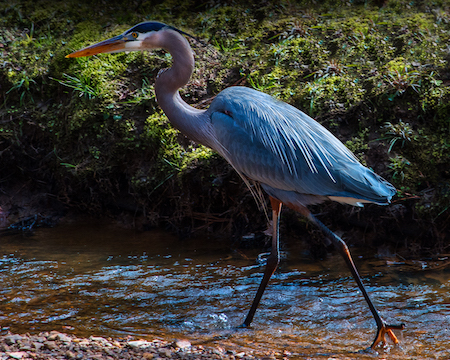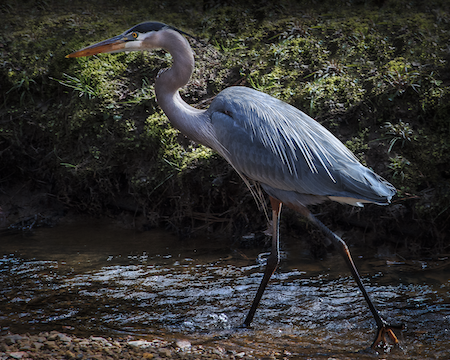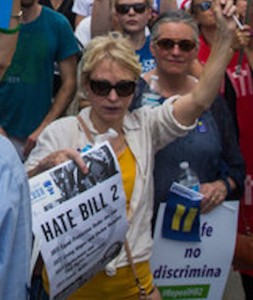 I don’t blame our Governor for signing H.B. 242, which repealed our “Bathroom Law.” But it should concern us that the repeal continues to support a major move by our ultraconservative-leaning General Assembly, starting with the Republican takeover in 2010 – that of stealing or attempting to steal political power from the Executive Branch, the state’s regulatory bureaucracy and especially from local governments. Specifically, the repeal prevents the state’s municipalities from establishing their own nondiscrimination ordinances through 2020.
I don’t blame our Governor for signing H.B. 242, which repealed our “Bathroom Law.” But it should concern us that the repeal continues to support a major move by our ultraconservative-leaning General Assembly, starting with the Republican takeover in 2010 – that of stealing or attempting to steal political power from the Executive Branch, the state’s regulatory bureaucracy and especially from local governments. Specifically, the repeal prevents the state’s municipalities from establishing their own nondiscrimination ordinances through 2020.
One example of this preemption of local power was provisions to S.B. 279, slipped into the bill on the last day of 2015’s 76-day extended legislative session. Those provisions prevented city governments from passing higher minimum-wage laws, establishing affordable-housing mandates, or instituting rules about landlord-tenant relations. Other examples were wrestling from cities their control of local airports, waste and water systems, local redistricting, utilities and fracking. Fortunately, many of these legislative take-overs have been blocked by the Judicial Branch. But it all points to a political ideology that seems intent on stretching or breaking the founding principals of our government in order to further the interests of the campaign contributing class – the moneyed-elite.
Sources: https://goo.gl/DckpkD, https://goo.gl/UiVDx3, https://goo.gl/Uw79QG, https://goo.gl/v6Lv4m

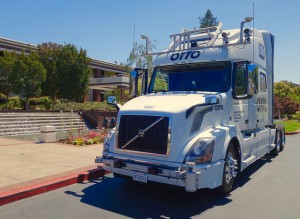 It seems to me that the biggest part of our conversations among educators about how AI may affect us regards our own job security. I’m not worried about that. It won’t make teaching obsolete, in my opinion, in spite of the list below. We’ll just spend less time teaching stuff to our students and more time teaching how to use stuff – essentially, how to use information to solve problems and accomplish goals.
It seems to me that the biggest part of our conversations among educators about how AI may affect us regards our own job security. I’m not worried about that. It won’t make teaching obsolete, in my opinion, in spite of the list below. We’ll just spend less time teaching stuff to our students and more time teaching how to use stuff – essentially, how to use information to solve problems and accomplish goals.
 .
. 